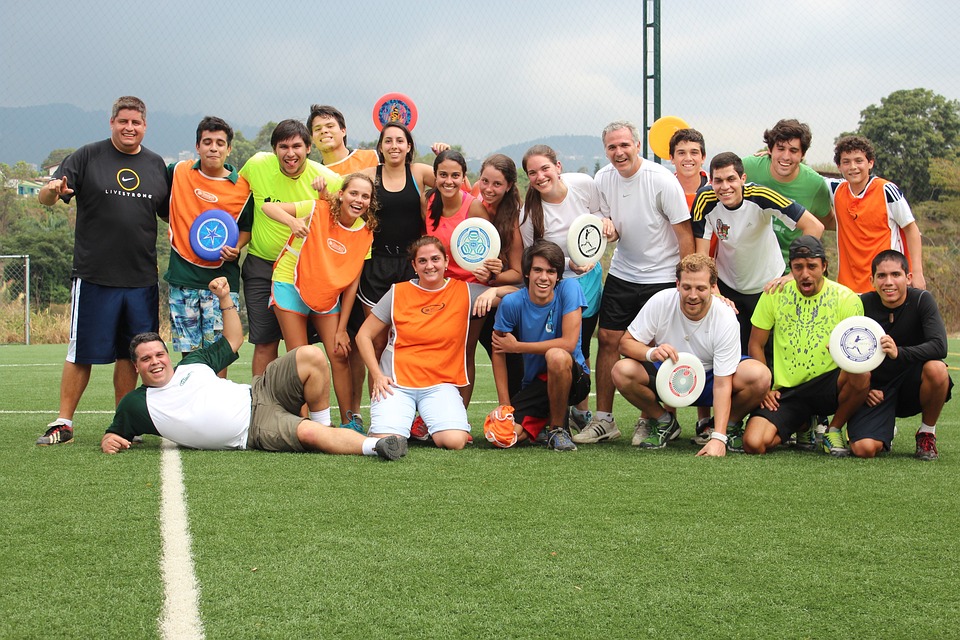In Fact: A Skeptic’s Guide to Separating Fact from Fiction in a World of Unreliable Sources
In today’s digital age, it’s easier than ever to access information, but it’s also never been harder to discern what’s true from what’s not. With the rise of social media, fake news, and unverified sources, it’s more crucial than ever to develop a healthy dose of skepticism when consuming information. Enter "In Fact: A Skeptic’s Guide to Separating Fact from Fiction," a comprehensive resource for navigating the increasingly treacherous landscape of misinformation.
Why is it so hard to know what’s true?
The answer lies in the proliferation of unreliable sources, both online and offline. With the click of a button, anyone can publish or share information, often without fact-checking or verifying its accuracy. Add to that the rise of "information pollution," where false or misleading information is intentionally spread to sway public opinion, and it’s no wonder we’re all left wondering what to believe.
How can we develop a skeptic’s mindset?
- Be curious, not cynical: Approach information with an open mind, but also be willing to question what you’re being told.
- Verify sources: Check the credibility of sources, looking for reputable news outlets, academic journals, and government reports.
- Look for corroboration: Seek out multiple sources that confirm or contradict the information.
- Be wary of emotional appeals: Information that’s designed to evoke emotions rather than inspire critical thinking should be approached with caution.
- Check dates and context: Verify that the information is up-to-date and relevant to the situation.
What are some common misconceptions about fact-checking?
- Fact-checking is too time-consuming: With the help of AI-powered fact-checking tools, it’s never been easier to verify information.
- Fact-checking is too subjective: While individual biases can influence fact-checking, reputable organizations use rigorous methodologies to ensure accuracy.
- Fact-checking can’t be done on social media: In fact, many social media platforms now include fact-checking labels and warnings.
What can we do to improve the state of fact-checking?
- Support fact-checking initiatives: Donate to reputable organizations, share fact-checking content, and engage in discussions about the importance of fact-checking.
- Demand transparency: Insist on clear and concise language, and push for transparency from sources and fact-checkers.
- Practice critical thinking: Regularly question what you’re being told and encourage others to do the same.
Image: A graphic illustrating the steps to develop a skeptic’s mindset, including:
- Questioning information
- Verifying sources
- Seeking corroboration
- Being wary of emotional appeals
- Checking dates and context
Frequently Asked Questions:
Q: What are some reliable sources for fact-checking?
A: Reputable sources include fact-checking organizations like Snopes, FactCheck.org, and PolitiFact, as well as credible news outlets like The New York Times, BBC News, and NPR.
Q: How can I verify information without an internet connection?
A: You can verify information using printed materials, such as academic journals, government reports, and books.
Q: Can I trust social media fact-checking labels?
A: While social media platforms have made efforts to implement fact-checking labels, they’re not infallible. Always verify information independently.
Q: How can I fact-check information without becoming an expert in a particular subject?
A: You don’t need to be an expert to fact-check information. Look for clear and concise language, and consult reputable sources.
By embracing skepticism and developing a healthy dose of curiosity, we can all play a crucial role in separating fact from fiction and promoting a more informed and educated public.



